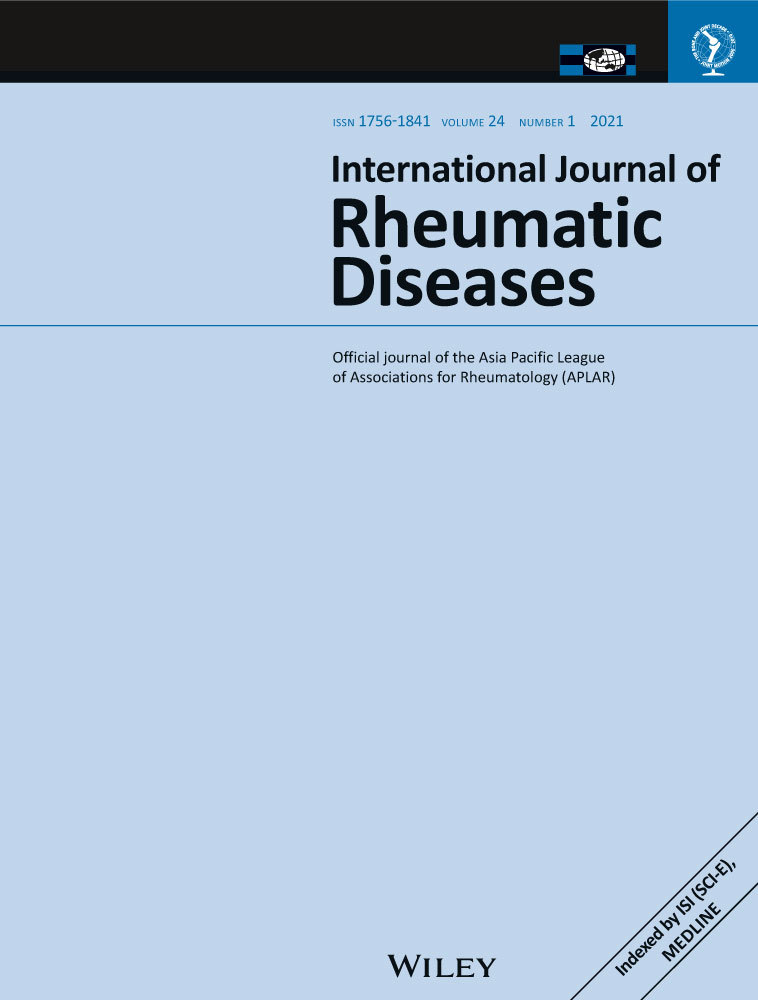Clinical implications of synovial fluid specimen handling for crystal associated arthritides: A systematic review
Abstract
Aim
To identify the appropriate methods of synovial fluid (SF) specimen storage, manipulation and handling for crystal associated arthritides (CAA) diagnosis.
Method
A systematic literature review was conducted using 5 medical databases to identify diagnostic studies assessing SF specimen handling for calcium pyrophosphate (CPP) and monosodium urate (MSU) crystals identification. All included studies were rated for quality using the Quality Assessment of Diagnostic Accuracy Studies 2.
Results
Fifteen studies, including 2 non-English language manuscripts, were included. Eight studies examined both types of crystals, while 3 studies examined CPP and 4 studies examined MSU crystals only. Overall, MSU crystals were more stable over time compared to CPP crystals. MSU stability was generally independent of time, preservative and temperature. CPP crystals deteriorated with time and were more stable if refrigerated. Ethylenediaminetetraacetic acid (EDTA) was a suitable preservative. Re-examining an initially negative SF sample at 24 hours facilitated detection of additional cases. Very few studies had an overall low risk of bias and applicability.
Conclusion
Monosodium urate crystals remain stable over time independent of storage time, temperature and preservative. CPP crystals are mostly stable for 24-48 hours but can deteriorate with time. Overall, SF crystal examination should ideally be done within 24-48 hours. They may be stored at room temperature without any preservative. Otherwise, refrigeration (4°C/39°F) and EDTA preservation is reasonable. Stored SF re-examination, at 24 hours, helps identify a small number of additional MSU and CPP cases. Centrifugation techniques allow better and easier crystal identification, particularly CPP. Most studies were of unclear or low quality.
CONFLICT OF INTEREST
None.




